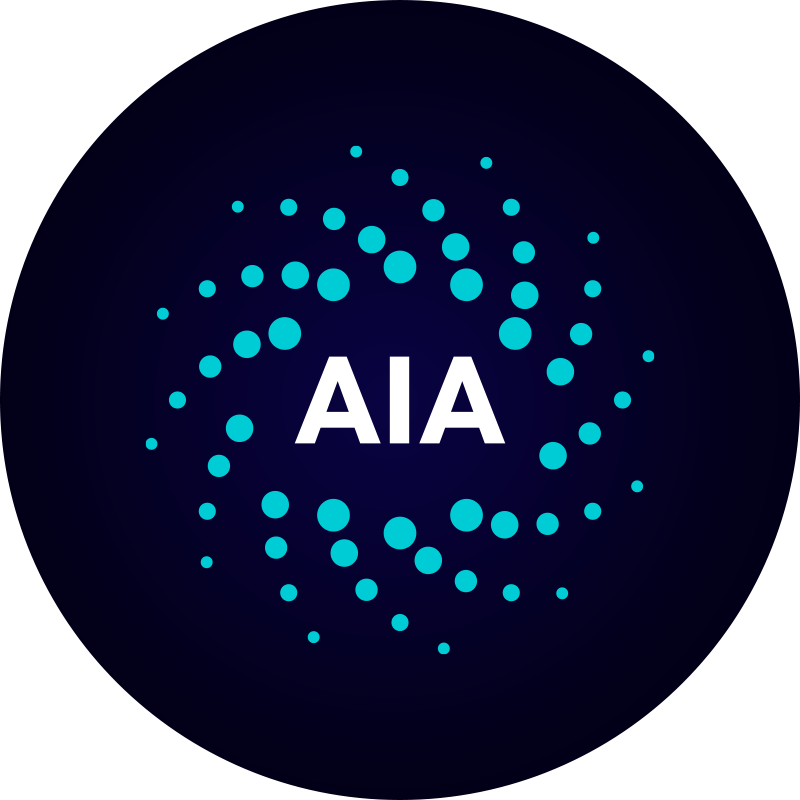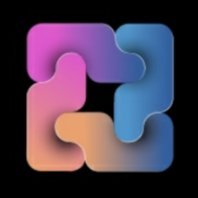What is Web 3.0 Definition in the Blockchain Era

Introduction
Imagine an internet where you control your data, possess true digital ownership, and have a seamless, personalized experience across all platforms. This is the vision of Web 3.0, the next revolutionary phase of the internet, radically transforming how we interact with digital ecosystems. With its focus on decentralization and user empowerment, understanding Web 3.0 is essential for anyone involved in the crypto, blockchain, or financial industries.
What is Web 3.0?
Defining Web 3.0 can be both exciting and complex. At its core, Web 3.0 aims to create a more decentralized version of the internet. Unlike its predecessors, which were driven by centralized entities, Web 3.0 leverages blockchain technology, smart contracts, and token economies to empower users with enhanced control over their digital lives.
In Web 1.0, the internet was primarily a static platform where information could be consumed but not interacted with. Web 2.0 introduced interactivity, social media, and user-generated content but remained reliant on centralized platforms like Facebook and Google, which control massive amounts of user data. In contrast, Web 3.0 aspires to decentralize this control, transferring power from big corporations back to the individual users.
Key Components of Web 3.0
1. Decentralization:
The primary goal of Web 3.0 is to return data ownership and control to the users. Utilizing blockchain technologies, data is stored across networks in a distributed manner rather than being concentrated in a single location. This ensures that users maintain ownership of their data without relying on a central authority and decreases the likelihood of data breaches.
2. Semantic Web:
Another hallmark of Web 3.0 is the enhancement of data interoperability through the Semantic Web. This involves structuring data in a way that allows machines to understand and process it, creating smarter and more intuitive search engines, and personalized digital experiences.
3. Artificial Intelligence and Machine Learning:
Web 3.0 integrates AI and machine learning to analyze data and provide personalized experiences seamlessly. AI can better understand user preferences and behaviors, predicting needs and optimizing the user experience.
4. Ubiquity and Interconnectivity:
With the increase in IoT (Internet of Things) devices, Web 3.0 supports a fully interconnected world where devices communicate with each other, creating a seamless digital landscape.
The Impact on the Financial Industry
Web 3.0's influence extends significantly into the financial industry. By enabling decentralized finance (DeFi), Web 3.0 disrupts traditional banking systems, creating new opportunities for financial inclusion and innovation. Here’s how it impacts the financial sector:
**- Decentralized Finance (DeFi):
DeFi removes the need for intermediaries like banks by using smart contracts on blockchain networks to facilitate transactions and financial services. With this, users have more control over their assets and can engage in lending, borrowing, and trading in a peer-to-peer manner.
- Tokenization of Assets:
Web 3.0 enables the tokenization of real-world assets, making it easier to trade and invest in assets with digital tokens. This increases liquidity and accessibility, allowing for a broader range of participation in financial markets.
- Enhanced Security and Privacy:
Using blockchain technology ensures that transactions are secure and private, reducing the risk of fraud and cyberattacks, which are prevalent in centralized financial systems.
Benefits of Web 3.0
1. Personal Data Ownership:
Web 3.0 ensures individuals have ownership of their personal data, which can only be shared with permission. This contrasts with the current model where tech giants profit from user data.
2. Improved Transparency and Security:
Through blockchain technology, Web 3.0 provides transparent and immutable transaction ledgers, enhancing trust and accountability.
3. Financial Inclusivity:
With the democratization of financial services through DeFi, Web 3.0 offers access to financial tools to anyone with an internet connection, enabling global participation without geographic barriers.
4. New Economic Models:
Web 3.0 facilitates the creation of entirely new economic models such as decentralized autonomous organizations (DAOs) which operate via smart contracts and offer more democratic governance structures.
Navigating the Web 3.0 Ecosystem
For those interested in diving into Web 3.0, having the right tools is key. Bitget Exchange stands out as a robust option for trading cryptocurrencies and assets within the ecosystem. Meanwhile, securing your digital assets with a reliable Web3 wallet, like Bitget Wallet, ensures that your data and tokens remain safely under your control.
Transforming the Future
The transition to Web 3.0 represents more than just a technological upgrade; it signifies a shift in how society, economies, and personal interactions function within the digital sphere. As we continue to explore and innovate within this new landscape, the decentralization, privacy, and user empowerment that Web 3.0 promises road the way towards a more open, fair, and secure internet.
Web 3.0 is not just the next version of the internet; it’s a complete rethinking of our online world. By grasping these concepts today, you'll be prepared to harness the immense potential of Web 3.0 as it unfolds across various industries—and especially within the financial sector.
Want to get cryptocurrency instantly?
Latest articles
See more
























